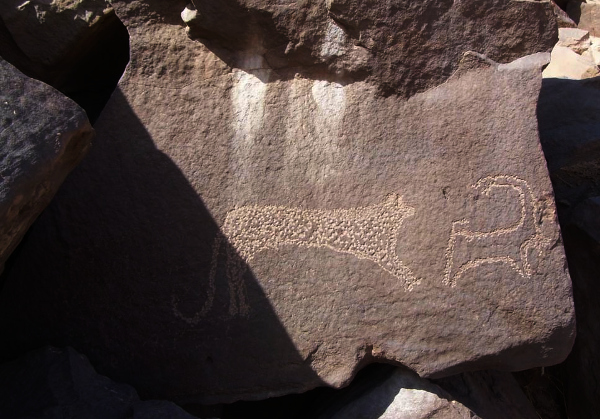A team of top archaeologists on Monday visited the megalithic sites on Kaimur hills, the first such discovery in Bihar in November last year by a researcher.
Dr Shyam Sundar Tiwary, a researcher on Sone valley civilization, had in last week of November 2018, discovered six megalithic burial sites on Kaimur hills near historical Rohtasgarh Fort and Hurmeta village under Nauhatta block of Rohtas district.
After the discovery, experts had said it indicated that Bihar too “is a megalithic state”.
Subhashish Das, an acclaimed megalithic expert based in Hazaribagh had said, “Dr Shyam Sundar Tiwary has created history of sorts by discovering this megalithic burial (hargarhi site) in Kaimur in Bihar. Now we can say Bihar too is a megalithic state.”
“It is the first documentation of a megalithic site in Bihar and is of great historical significance,” Dr Vijay Kumar Chaudhary, former director of K P Jaiswal Research Institute in Patna and presently director of Bihar Virasat Samiti, Patna, had said.
On Monday, a team of experts led by noted archaeologist and Veer Kunwar Singh University (VKSU) vice-chancellor Dr Devi Prasad Tiwary visited the megalith sites.
The team also comprised Ara’s HD Jain College principal Dr Shailendra Ojha, Dehribased Jawahar Lal Nehru college professor Dr Hira Singh, principal SN Singh and Dr Shyam Sundar Tiwary.
V-C Dr Tiwary said the sites were not significant only for Bihar but also had a national archaeological importance in the study of missing links in history and culture of aboriginal people.
“We will make a detailed proposal and send it to the Central Advisory Board of Archaeology (CABA), Archaeological Survey of India (ASI) for permission to excavate the sites. The excavation will be started soon after the CABA permission,” he said.
Megalithic period in India spanned from 1500 BC to 600 BC during copper and iron ages. Megaliths are specific ancient monuments of aboriginal people in memory of their ancestors. They used to keep bones of ancestors in a earthen pot and bury the same in earth. Some black-red pottery, minor stone tools and animal bones were also kept in the burial covered with a large stone plate. Then stone pillars were installed at the burial for identification. Stone Monolithic standing vertically is called Menhir while standing stones arranged in a circle are called Stone Circle.
Source: HT
Image Courtesy: Ancient Origins
You may also like
-
India Can’t Afford to Remain Stagnant at this Juncture, Says PM Modi; Asks People to Buy Locally-Made Goods
-
Stolen Artefacts to be Returned to India from Scotland Museums
-
Legendary Singer Lata Mangeshkar Passes Away At the Age of 92
-
Netaji’s Hologram Statue at India Gate
-
10th Century Stone Idol of Goat Head Yogini IllegallyRemoved from A Temple in Lokhari, Banda, UP Being Returned to India
